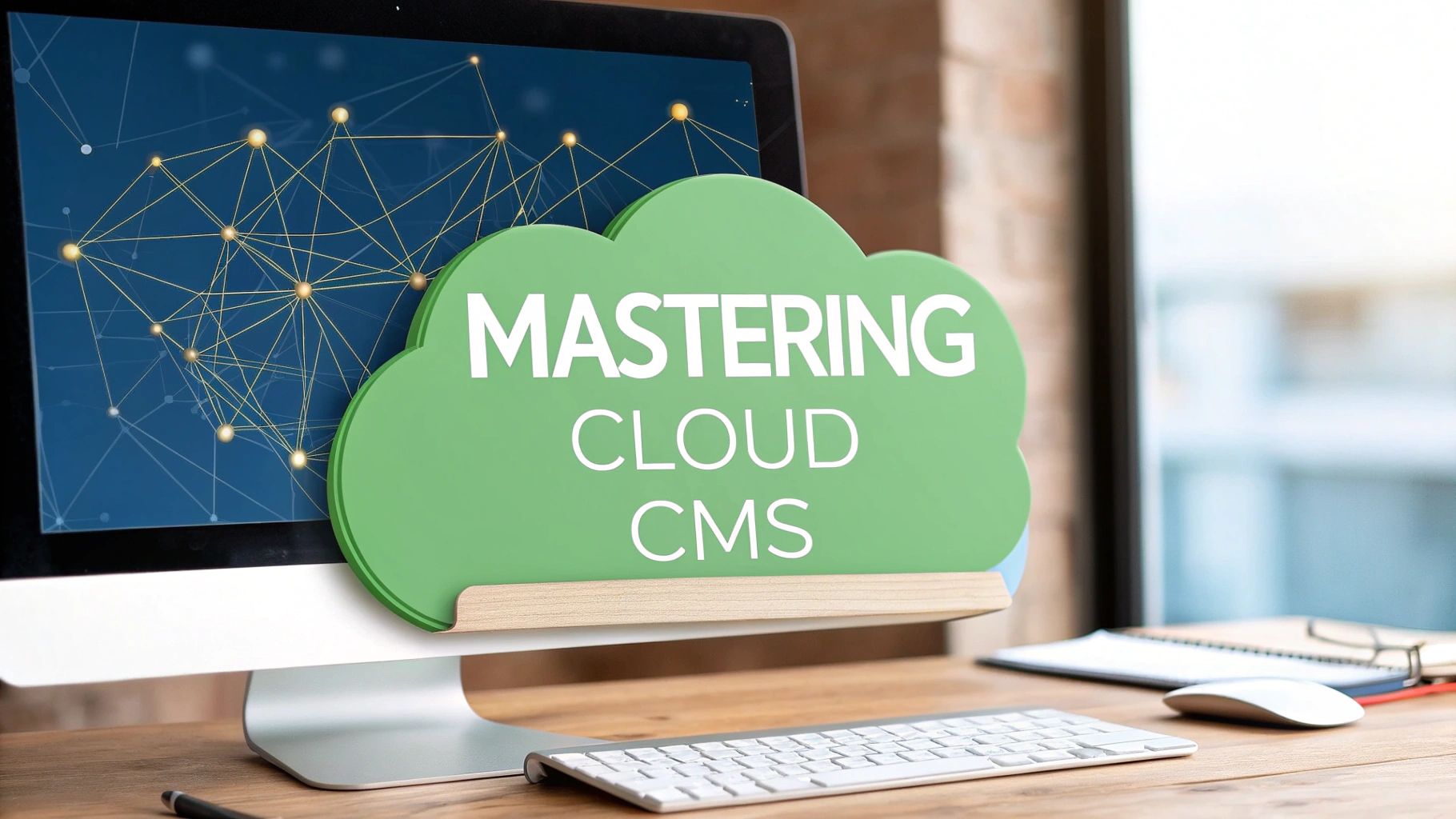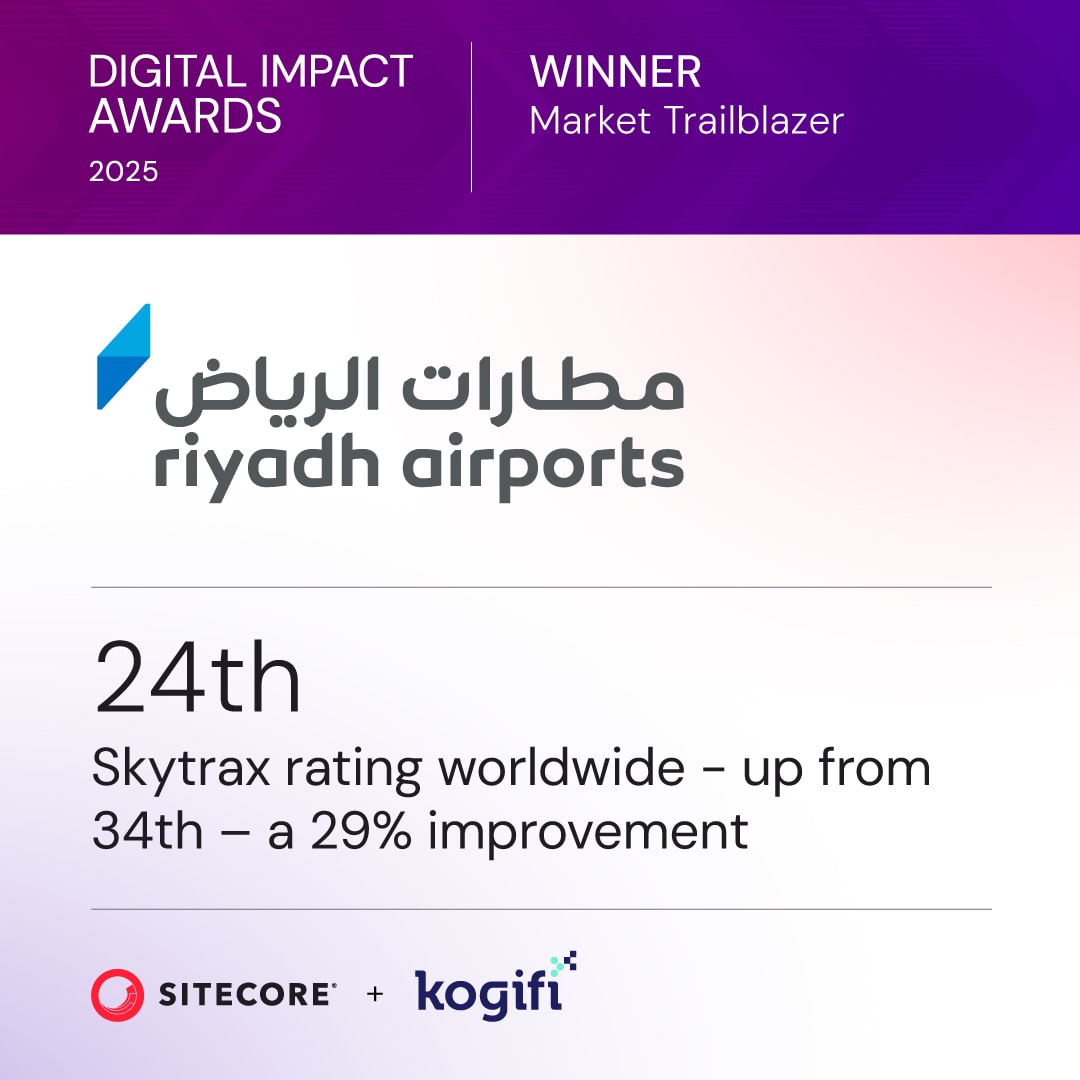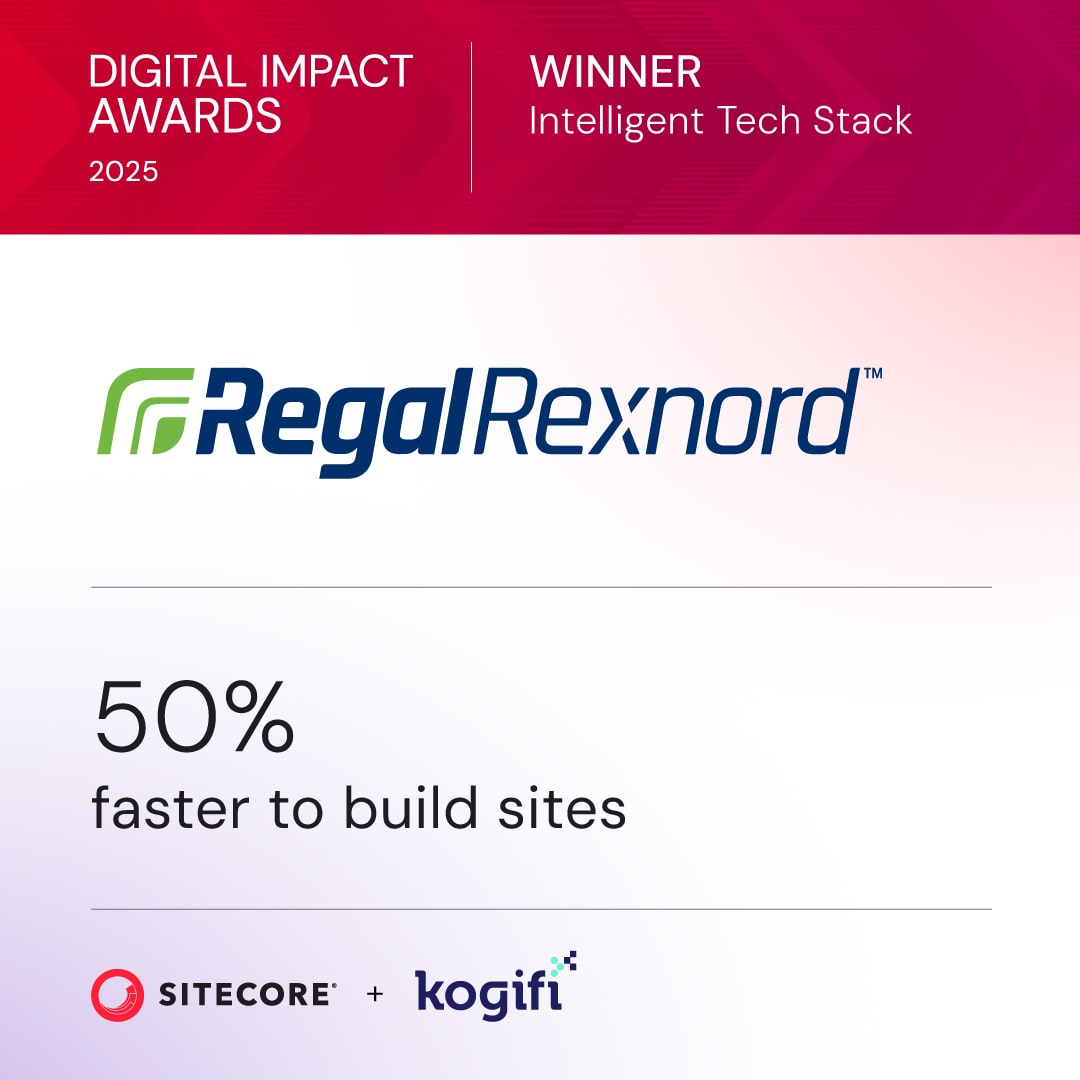AI-powered workflow automation transforms how businesses operate by saving time, reducing costs, and improving accuracy. Unlike rigid, rule-based systems, AI learns and adjusts to handle complex tasks, making it a go-to solution for modern challenges. Here’s why it matters:
- Cost Savings: Companies report a 20–30% reduction in operational expenses, with some achieving even greater savings.
- Time Efficiency: Processes are sped up by 31%, freeing employees for higher-value work.
- Error Reduction: AI achieves up to 99.99% accuracy, significantly lowering compliance risks and rework.
- Employee and Customer Benefits: Boosts productivity by up to 40% and enhances customer satisfaction by 15–25%.
- Faster ROI: Many businesses see returns on AI investments within months, not years.
How you can get 10X ROI with AI + Automation
Financial Benefits of AI in Workflow Automation
AI-powered workflow automation isn't just about modernizing operations - it’s about delivering measurable financial advantages. By cutting costs, saving time, and improving accuracy, AI makes a strong case for businesses looking to optimize their processes.
Reducing Operational Costs
One of the most noticeable benefits of AI automation is its ability to slash operational expenses. By automating repetitive tasks, businesses can reduce costs by 20–30%, with some achieving even greater savings through strategic implementation.
AI takes over tasks like data entry, invoice processing, and customer support, allowing employees to focus on more valuable work. This shift not only reduces labor costs but also minimizes the overhead required to manage large teams.
Take JPMorgan Chase, for example. Its AI-powered contract analysis platform, COIN, reviews legal documents in mere seconds, saving thousands of hours of manual work. This innovation has significantly reduced the need for large legal review teams while boosting both speed and accuracy.
Similarly, WPP, a global creative agency, uses generative AI to cut project costs. In one instance, the company recreated an African landscape virtually for a commercial shoot, avoiding the expense of sending a film crew. As CEO Mark Read explained:
"The savings can be 10 or 20 times."
In manufacturing, Tesla employs AI-driven robots to handle production tasks, improving efficiency and reducing errors. Meanwhile, the healthcare industry has seen AI integration lead to annual savings of 5–10%, or $200–$360 billion, by automating administrative tasks, enhancing diagnostics, and streamlining patient care workflows.
Beyond cost reduction, AI also delivers another major advantage: time savings.
Time Savings Through Automation
AI doesn't just save money - it saves time, too. By speeding up processes and adapting quickly, AI-powered automation helps businesses achieve a 31% reduction in operational expenses.
The efficiency gains are striking. For example, AI can speed up hiring and onboarding by 67%, and industries with the highest AI adoption report labor efficiency growth that’s 4.8 times greater than average.
Citigroup highlights these time-saving benefits. Its AI systems analyzed 1,089 pages of new capital rules in record time, extracting key points for faster decision-making. The company also provides GenAI tools to 40,000 coders, boosting their productivity.
Morgan Stanley took a similar approach by introducing an AI assistant based on OpenAI's GPT-4. This tool automates research and administrative tasks, freeing consultants to focus on client interactions and revenue-generating activities.
Even consumer-facing companies like Airbnb leverage AI to streamline operations. The platform uses AI for tasks like generating listing summaries, making personalized recommendations, and managing dynamic pricing based on market conditions - all without human intervention.
Meanwhile, Amazon uses AI to optimize delivery routes and automate warehouse operations. Its algorithms analyze traffic and location data to determine the most efficient routes, while robots handle packing and shipping. These innovations not only cut overhead costs but also improve overall efficiency.
With AI boosting productivity by up to 40%, businesses can achieve more with their existing resources, all while maintaining high-quality standards.
Improving Accuracy and Compliance
AI doesn’t just make processes faster - it makes them more accurate. By automating workflows, AI reduces errors and compliance risks, achieving a staggering 99.99% accuracy in financial processes. This level of precision minimizes losses and ensures smoother operations.
The numbers speak for themselves. AI-powered invoice processing can reduce errors by up to 90% and cut processing times by 80%. These improvements eliminate costly rework, reduce customer complaints, and help avoid regulatory penalties.
A healthcare provider demonstrated the financial impact of improved accuracy by automating medical coding and billing. The result? A 42% reduction in processing costs and a leap in accuracy from 91% to 99.3%. This eliminated $2.1 million in annual claim rejections and sped up payment cycles by an average of 15 days.
Morgan Stanley reported an 87% drop in error rates after implementing AI, while broader studies show error reductions of 80–95% across various industries. This translates to fewer customer service issues, lower correction costs, and reduced legal liabilities.
AI also shines in compliance. Automated systems continuously monitor transactions, flagging anomalies and reducing compliance costs by up to 30%. For instance, AI-powered invoice processing can cut compliance risks by 80% through automated validation and audit trails.
The financial sector benefits significantly from these capabilities. AI systems help maintain regulatory compliance by monitoring transactions in real-time, reducing the need for manual oversight and preventing costly penalties.
As Sarah Johnson, CFO of Meridian Financial Services, puts it:
"Accuracy in financial statements builds trust and credibility. It's not just about numbers; it's the foundation for key business decisions."
Beyond compliance, AI also improves internal operations. Organizations using AI for support report up to 60% faster resolution times for common issues. This reduces support costs and minimizes employee downtime, creating a ripple effect of operational efficiency and cost savings.
Better Employee and Customer Experiences
AI isn't just about cutting costs - it’s fundamentally reshaping how employees work and how customers interact with businesses. While financial savings are an obvious win, the improved experiences for employees and customers create a ripple effect of long-term value. These intangible benefits - like higher employee retention, increased productivity, and stronger customer loyalty - ultimately drive measurable financial gains.
Boosting Employee Productivity and Morale
AI is changing the workplace by taking over repetitive, time-consuming tasks, freeing employees to focus on more meaningful work. According to a 2023 report on Microsoft 365 Copilot, 70% of users saw increased productivity, while 68% reported higher work quality. Similarly, Deutsche Bahn’s AI-powered dashboard reduced case handling time by 49%.
AI also streamlines internal workflows. For instance, a large finance team using KYP.ai cut its end-of-month closing process by two days. By analyzing workflow patterns, they reduced IT tickets by 67% and saw a noticeable boost in employee satisfaction. Another example comes from a global business services company that used AI to identify automation opportunities, saving 12,000 manual work hours annually and cutting administrative tasks by 13%.
Industry leaders are taking notice. Gianna Maderis, Principal Customer Experience Manager at Zendesk, highlights the impact of automation:
"I think automated triage is something any business can benefit from. We've seen time savings of 220 hours per month by eliminating manual triage."
But these operational improvements don’t just benefit employees - they also have a direct impact on customer satisfaction.
Improving Customer Satisfaction
AI is revolutionizing customer service by enabling faster, more personalized, and more accurate interactions. Businesses using AI in customer support report a 15% increase in satisfaction and a 68% reduction in resolution times. Additionally, 68% of customers appreciate the quick responses provided by chatbots.
Take Jumia, Africa’s leading e-commerce platform, as an example. By implementing an AI-powered, omnichannel customer service platform, Jumia managed to unify over 200 agents across 176 digital channels. The results? A 94.46% first response rate within SLA, a 95.24% case resolution rate, and a 76% jump in customer satisfaction - all within three months.
Personalization also plays a huge role in enhancing customer experiences. Yves Rocher saw an 11-fold increase in purchase rates thanks to real-time personalized product recommendations. Similarly, The Foschini Group experienced a 35.2% boost in online conversion rates and a 39.8% increase in revenue per visit by leveraging conversational shopping tools.
Unity, another standout example, utilized Zendesk's automation tools and bots to deflect nearly 8,000 support tickets. This effort not only improved their first response time by 83% but also helped them achieve a 93% customer satisfaction score and save approximately $1.3 million.
The broader market trends reinforce these success stories. A striking 92% of decision-makers believe generative AI enhances customer service, and 63% of U.S. customers now expect businesses to adopt AI chatbots and automated support. As Steve Jobs once said:
"You've got to start with the customer experience and work backwards to the technology."
AI is proving to be a powerful tool for creating better experiences, both behind the scenes and at the customer-facing level.
sbb-itb-91124b2
Measuring and Optimizing Workflow Automation ROI
Once you've experienced the time and cost savings AI can bring, the next logical step is figuring out how to measure and improve those benefits. While traditional ROI calculations focus on revenue versus costs, AI automation delivers value in ways that often go beyond standard financial metrics. By tracking the right indicators and using real-world data to refine your strategies, you can unlock even greater potential.
Key ROI Metrics to Track
To measure the ROI of AI automation effectively, you need to look beyond just the dollars and cents. Factors like time saved, error reduction, and how work is reallocated all play a role. The goal is to capture both the tangible benefits, such as cost savings, and the less obvious ones, like happier employees.
Here are some key metrics worth considering:
| Metric | Description | Example |
|---|---|---|
| Productivity Gains | Tracks how well employees can focus on higher-value tasks and follow workflows. | Are employees spending more time on strategic activities? |
| Cost Savings | Measures reductions in errors and better resource use. | Tasks that once cost thousands monthly are now cheaper and faster to complete. |
| Time Savings | Calculates how much faster processes are completed. | A chatbot managing 5,000 inquiries monthly without manual input. |
| Quality Improvements | Tracks fewer tasks needing correction or reprocessing. | Comparing error rates before and after AI implementation shows a decline in rework. |
| Employee Satisfaction | Gauges morale through surveys and retention rates. | Happier teams often lead to lower turnover and HR costs. |
| Customer Experience | Measures satisfaction with tools like NPS or churn rates. | Faster issue resolution and shorter wait times can boost customer loyalty. |
| Compliance and Risk Reduction | Ensures adherence to procedures and reduces compliance risks. | AI monitoring helps adjust policies as regulations change. |
Metrics adapted from.
Consider these real-world examples of AI's impact: A major clothing retailer reduced overstock by 15% and increased sales by 10% with AI-driven inventory management. A financial services firm saved millions by achieving 95% fraud detection accuracy. A manufacturing company using AI for predictive maintenance cut equipment downtime by 30%. In healthcare, AI-driven patient admission predictions reduced wait times by 20%, while an e-commerce company saw a 12% rise in conversions thanks to personalized recommendations.
Before diving into any AI project, set clear goals and KPIs. Tracking these metrics over time helps determine if your AI efforts are hitting the mark and lets you calculate net benefits by subtracting costs from total gains.
These metrics provide a strong foundation for refining and improving automation efforts.
Best Practices for Continuous Optimization
Tracking metrics is just the beginning - continuous optimization ensures you maintain and grow your ROI over time. While 75% of companies consider AI investments a top priority, only 25% see meaningful results. The difference often lies in having the right framework for improvement.
Start by aligning AI initiatives with clear business objectives. Instead of letting technology dictate the process, use data insights to design workflows that meet your goals. Keep innovation alive by creating a structured process for submitting and evaluating new ideas.
Review workflows regularly to identify tasks that are repetitive and suitable for automation. For example, a leading cybersecurity firm used a Cognitive Automation Platform to streamline threat detection, cutting response times by 60%, improving employee satisfaction by 30%, and saving $200,000 annually.
Invest in high-quality data and infrastructure to ensure your AI systems perform as expected. Stakeholder engagement is equally important. As Jerome M. Austin from Coca-Cola Beverages Florida explains:
"Stakeholders are focused on driving their day-to-day activities and whatever's important for their responsibilities or jobs. Really getting their head around what's possible, what's doable, and how does this translate into what I do day in and day out - that's the real key for engagement."
Involve employees who are directly impacted by automation to gather feedback and refine processes. Start small by automating low-risk tasks, then scale up gradually. This approach minimizes disruptions while allowing AI to enhance decision-making rather than replace it entirely.
Regularly review AI performance data and make adjustments as needed. Dmitri Adler, Co-Founder of Data Society, stresses the importance of patience:
"The return on investment for data and AI training programs is ultimately measured via productivity. You typically need a full year of data to determine effectiveness, and the real ROI can be measured over 12 to 24 months."
Stay agile as AI technology evolves. Build a support system for ongoing maintenance and updates - AI isn't a "set it and forget it" solution. Keep in mind that 60% of companies fail to define and monitor KPIs tied to AI and its value creation.
Kogifi's Expertise in AI Workflow Automation

Kogifi brings over ten years of experience and a global client base of more than 50 organizations to the table, focusing on AI-powered workflow automation. When implementing AI-driven automation on an enterprise level, success hinges on partnering with experts who deeply understand the digital platforms that underpin modern AI systems.
Enterprise-Scale Implementation Methods
AI workflow automation isn't just about deploying technology - it demands a strategic approach that addresses platform compatibility, integration hurdles, and organizational change. Kogifi tackles these challenges with a methodical process that starts with detailed platform audits. These audits identify bottlenecks and uncover opportunities for improvement before any AI tools are introduced. This ensures that automation efforts focus on high-impact areas and integrate seamlessly with established platforms like Sitecore, Adobe Experience Manager, and SharePoint.
Take the British Council's IELTS website (www.ielts.org) as an example. In 2020, Kogifi revamped the platform to improve accessibility and responsiveness. This project showcased how thorough platform evaluations and strategic execution can enhance both user experience and operational efficiency. Kogifi's composable DXP (Digital Experience Platform) approach enables enterprises to select the best tools - such as headless CMS, personalization engines, customer data platforms, and commerce systems - ensuring AI solutions fit into existing systems without disruptive overhauls. Their digital platform workshops further help businesses turn AI automation into tangible, measurable results. This meticulous process sets the stage for achieving a strong return on investment (ROI).
How Kogifi Drives ROI Through AI Automation
Kogifi's structured approach doesn’t stop at implementation - it extends to long-term optimization and support, ensuring businesses maximize their ROI. Their services are designed to enhance system performance and ease the transition into AI-enabled environments. With 24/7 support and hosting, Kogifi minimizes downtime and operational disruptions. Core services like platform upgrades, audits, bug fixes, migrations, and outsourcing ensure that every element of the automation process is fine-tuned for efficiency.
Through detailed audits, Kogifi identifies where AI can make the biggest difference, while their migration expertise ensures smooth transitions to AI-driven systems. This allows teams to concentrate on strategic goals rather than technical challenges. By combining automated AI data science with expertise in digital platforms like Sitecore, Kogifi scales personalized experiences across various customer touchpoints. These tailored solutions not only boost revenue but also reduce manual workload. Whether for short-term projects or ongoing needs, Kogifi provides access to top-tier experts through consultancy and staff augmentation services.
"At Kogifi, we offer a comprehensive range of services tailored to meet your specific needs. From audit and redesign to project delivery, 24/7 support, and outsourcing, our team is ready to collaborate with you to drive your digital success. Let us be your trusted partner on the path to digital transformation."
Kogifi’s web design and development services focus on creating intuitive designs backed by responsive, reliable code. This ensures that AI-driven workflows deliver a seamless user experience across all devices. Their commitment to continuous optimization means AI automation evolves with business needs, consistently delivering value over time. By streamlining operations and enabling sustainable digital growth, Kogifi ensures measurable results that align with long-term business objectives.
Conclusion: Maximizing ROI with AI Workflow Automation
AI-powered workflow automation offers benefits that go far beyond simple cost savings. Companies that fully embrace AI-driven automation often see cost reductions ranging from 25–50% in specific processes, paired with up to a 40% boost in operational efficiency. These aren't just hypothetical numbers - they reflect real-world results across various industries.
The timeline for achieving ROI has also shifted dramatically. While 63% of CEOs estimate it could take 3–5 years to see returns on AI investments, automation projects are delivering results much faster. In fact, some organizations are seeing ROI in as little as three months. Kenneth Upchurch, Global Head of AI Automation at Paysafe, shared an eye-opening example:
"$5M+ in revenue in the first month - far surpassing their initial $1.2M goal on a single process".
The impact of AI automation extends across multiple operational areas. Businesses using these tools report productivity gains of up to 35% compared to manual processes. Error rates also drop significantly, with some systems reducing errors by as much as 90%. For instance, a healthcare provider automated its medical coding and billing, slashing processing costs by 42% and improving accuracy from 91% to an impressive 99.3%.
Better customer experiences translate directly into higher revenue. Companies optimizing customer-facing workflows with AI report 30–50% improvements in satisfaction metrics and a 15–25% increase in customer retention rates. One telecommunications provider, for example, reduced average resolution time from 8.5 minutes to just 2.3 minutes, while first-contact resolution rates jumped from 67% to 89%. These improvements lead to compounding benefits - studies show that even a 5% increase in customer retention can boost profits by up to 95%.
AI automation also enables businesses to scale without adding resources. Consider an e-commerce company that implemented AI for order processing. During peak shopping periods, the system handled 15 times the usual order volume without requiring additional staff, all while maintaining 99.8% accuracy. This scalability supports long-term growth without the bottlenecks of manual processes.
These measurable outcomes highlight the importance of strategic implementation. Companies like Kogifi help ensure that AI automation delivers lasting results through their composable DXP methodology and expertise in platforms like Sitecore, Adobe Experience Manager, and SharePoint. Their approach lays a solid foundation for sustainable success.
Continuous improvement is essential to maintaining ROI over time. Organizations must keep an active pipeline of opportunities, focus on high-impact features, and adopt agile methodologies for ongoing enhancements. As Daniel Fernandez, Equifax RPA/AI Strategy & Product Leader, explains:
"When you do automation right, it becomes a strategic driver to the enterprise. We've seen from our leadership that every time they need to approach a new problem, it's now like, 'Okay, can we go automation first?'".
This commitment to continuous optimization ensures that businesses can keep reaping the benefits of AI automation for years to come.
FAQs
How does AI-driven workflow automation help businesses cut operational costs?
AI-powered workflow automation allows businesses to cut down on operational costs by simplifying repetitive tasks, removing unnecessary steps, and reducing human errors. Automating these routine processes not only saves on labor expenses but also helps allocate resources more effectively, boosting overall efficiency.
On top of that, AI lowers costs related to compliance issues and fixing errors, which can translate into substantial savings. Many businesses report cost reductions ranging between 20–40% and productivity improvements of up to 30%, making AI an effective way to improve ROI and streamline operations.
What metrics should businesses track to measure the ROI of AI-powered workflow automation?
To evaluate the return on investment (ROI) of AI-powered workflow automation, it’s essential to focus on metrics that highlight both efficiency improvements and overall impact. Key areas to monitor include:
- Process efficiency gains: Look at how much time is saved and how operational bottlenecks are minimized.
- Cost savings: Calculate reductions in labor or operational expenses directly tied to automation.
- Workforce productivity: Determine how automation allows employees to dedicate more time to strategic, higher-value tasks.
- Error reduction and quality improvements: Track decreases in manual mistakes and enhancements in the quality of outputs.
- Customer satisfaction: Assess how automation contributes to better customer experiences, which can lead to increased loyalty.
- Revenue growth: Examine how streamlined operations contribute to higher profitability.
These metrics offer a detailed view of the business value that AI-driven automation brings, enabling companies to make smarter, data-backed decisions about future investments.
How can businesses keep improving their AI-powered automation processes?
To keep AI-powered automation running smoothly and effectively, businesses need to stay on top of key performance metrics and dig into workflow data regularly. This helps pinpoint areas that could use some tweaking. Adjustments like fine-tuning AI models or revising processes through iterative testing can make a big difference in ensuring automation stays efficient over time.
Creating an environment where learning and adaptability are valued is just as important. By using insights generated by AI, companies can refine their strategies and workflows to respond quickly to shifting demands and new opportunities. Regular updates and proactive adjustments not only boost ROI but also help businesses stay ahead of the competition.








































